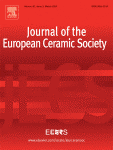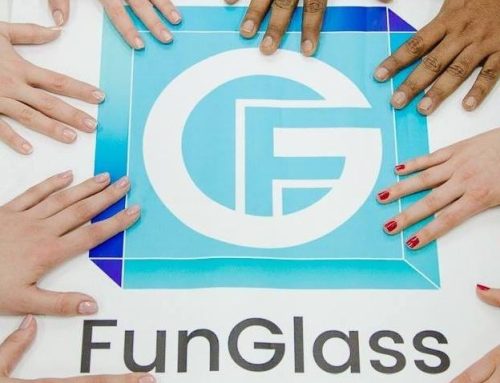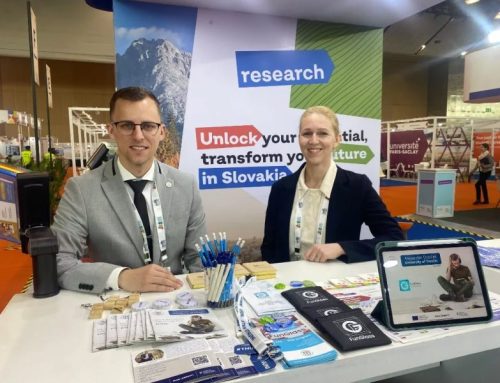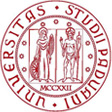New papers published at FunGlass
We would like to draw your attention to the new papers of our researchers presenting their research results achieved in collaboration with the colleagues from FunGlass partners´ institutions. The papers are published in peer-reviewed and highly cited journals:
 A. Talimian- V. Pouchly- H.F. El-Maghraby- K. Maca- D. Galusek: Transparent magnesium aluminate spinel: Effect of critical temperature in two-stage spark plasma sintering. In: Journal of the European Ceramic Society. Vol 40, Issue 6, 2020, p. 2417-2425.
A. Talimian- V. Pouchly- H.F. El-Maghraby- K. Maca- D. Galusek: Transparent magnesium aluminate spinel: Effect of critical temperature in two-stage spark plasma sintering. In: Journal of the European Ceramic Society. Vol 40, Issue 6, 2020, p. 2417-2425.
Abstract: The discolouration of magnesium aluminate spinel caused by carbon contamination is a main drawback of fabricating transparent bodies by spark plasma sintering (SPS). In this study, a two-stage heating rate profile was used to produce transparent MgAl2O4 without using sintering aids by SPS at 1250°C. The effect of critical temperature (Tc), at which the heating rate is decreased, on transparency and carbon contamination was investigated: higher critical temperature resulted in higher contamination. Non-uniform densification indicated that fast heating results in a hot-zone formation in the centre of sintered pellets; the higher temperature of centre favoured reaction of graphite die with spinel and formation of disordered carbon structures in residual pores.
 Milan Parchovianský- Ivana Parchovianská- Peter Švančárek- Günter Motz- Dušan Galusek: PDC Glass/Ceramic Coatings Applied to Differently Pretreated AISI441 Stainless Steel Substrates. In: Materials 2020, 13, 629.
Milan Parchovianský- Ivana Parchovianská- Peter Švančárek- Günter Motz- Dušan Galusek: PDC Glass/Ceramic Coatings Applied to Differently Pretreated AISI441 Stainless Steel Substrates. In: Materials 2020, 13, 629.
Abstract: In this work, the influence of different cleaning procedures on adhesion of composite coatings containing passive ceramic and commercial glasses was investigated. Two compositions (C2c, D2-PP) of double-layer polymer-derived ceramic (PDC) coating systems, composed from bond coat and a top coat, were developed. In order to obtain adherent coatings, stainless steel substrates were cleaned by four different cleaning procedures. The coatings were then deposited onto the steel substrate via spray coating. Pretreatment by subsequent ultrasonic cleaning in acetone, ethanol and deionised water (procedure U) was found to be the most effective, and the resultant C2c and D2-PP coatings, pyrolysed at 850 °C, indicated strong adhesion without delamination or cracks, propagating at the interface steel/bond coat. In the substrate treated by sandblasting and chemical etching, small cracks in the bond coat were observed under the same pyrolysis conditions. After oxidation tests, all coatings, except for those subjected to the U-treated substrates, showed significant cracking in the bond coat. The D2-PP coatings were denser than C2c, indicating better protection of the substrate.












